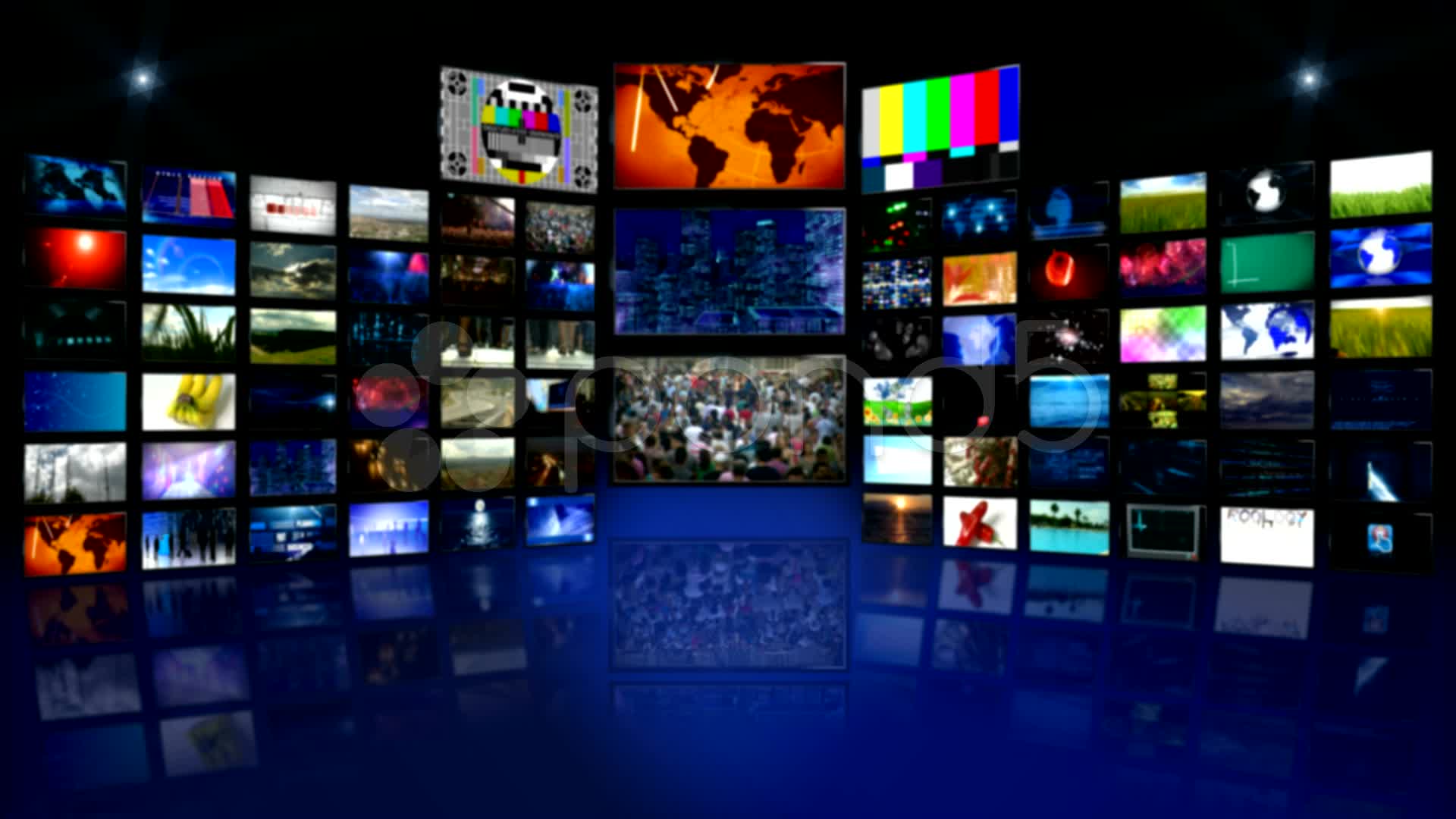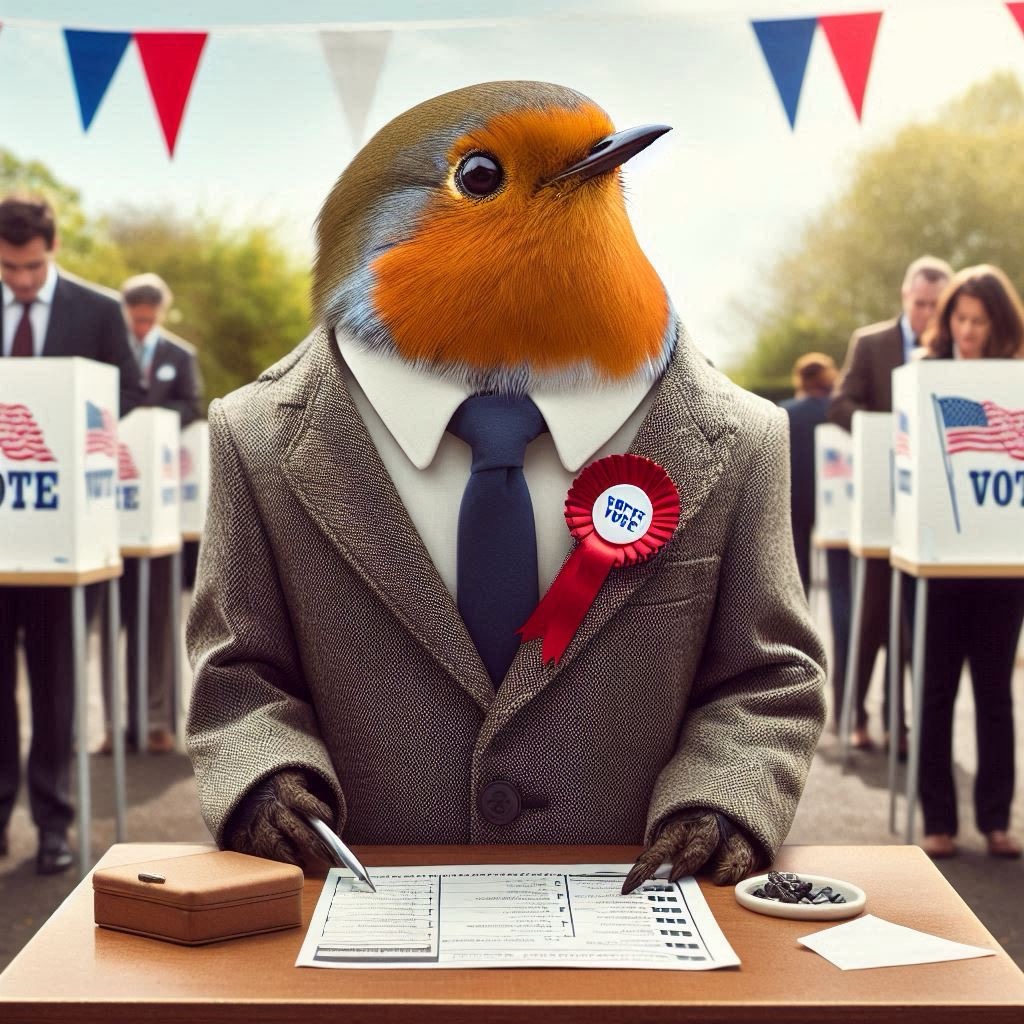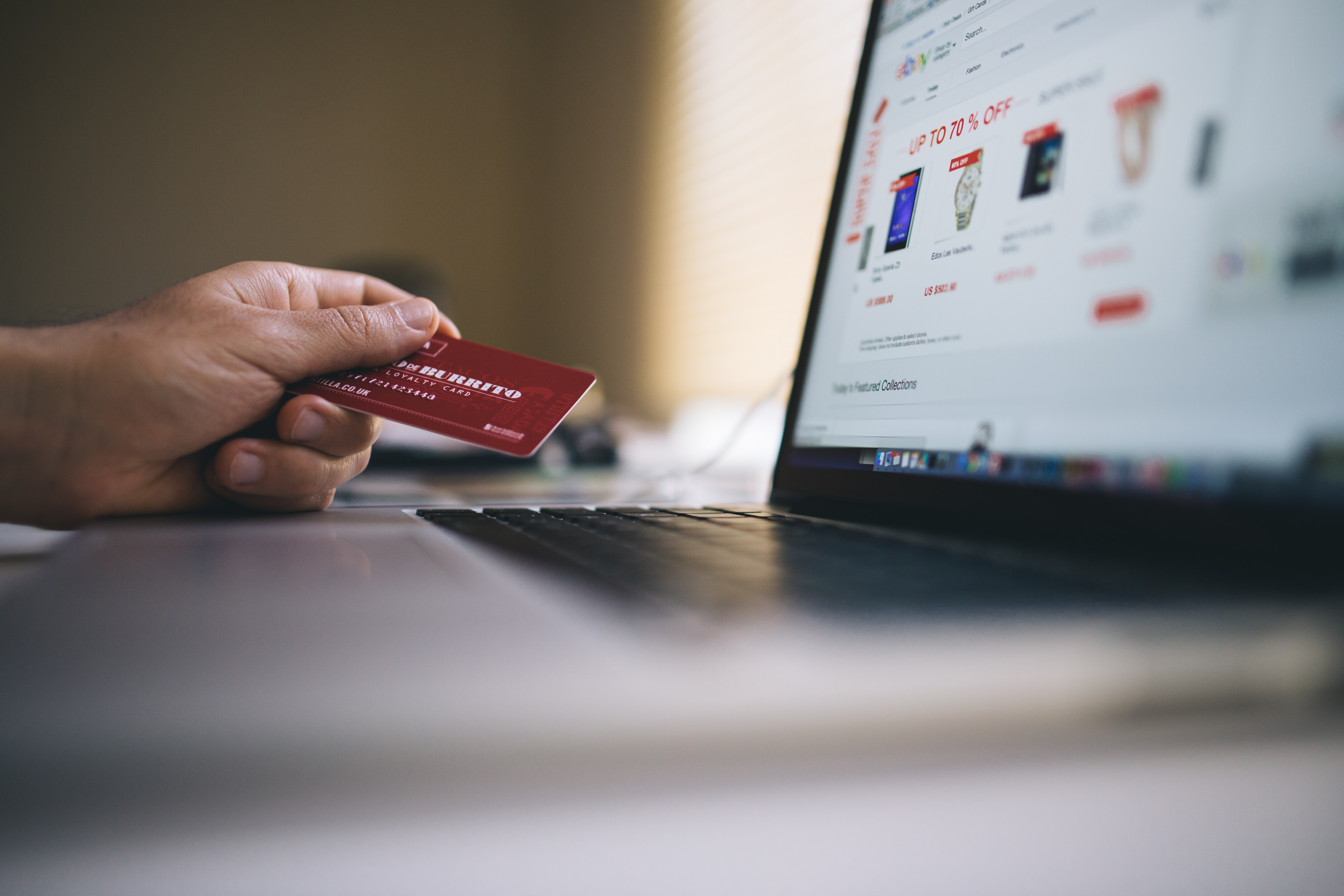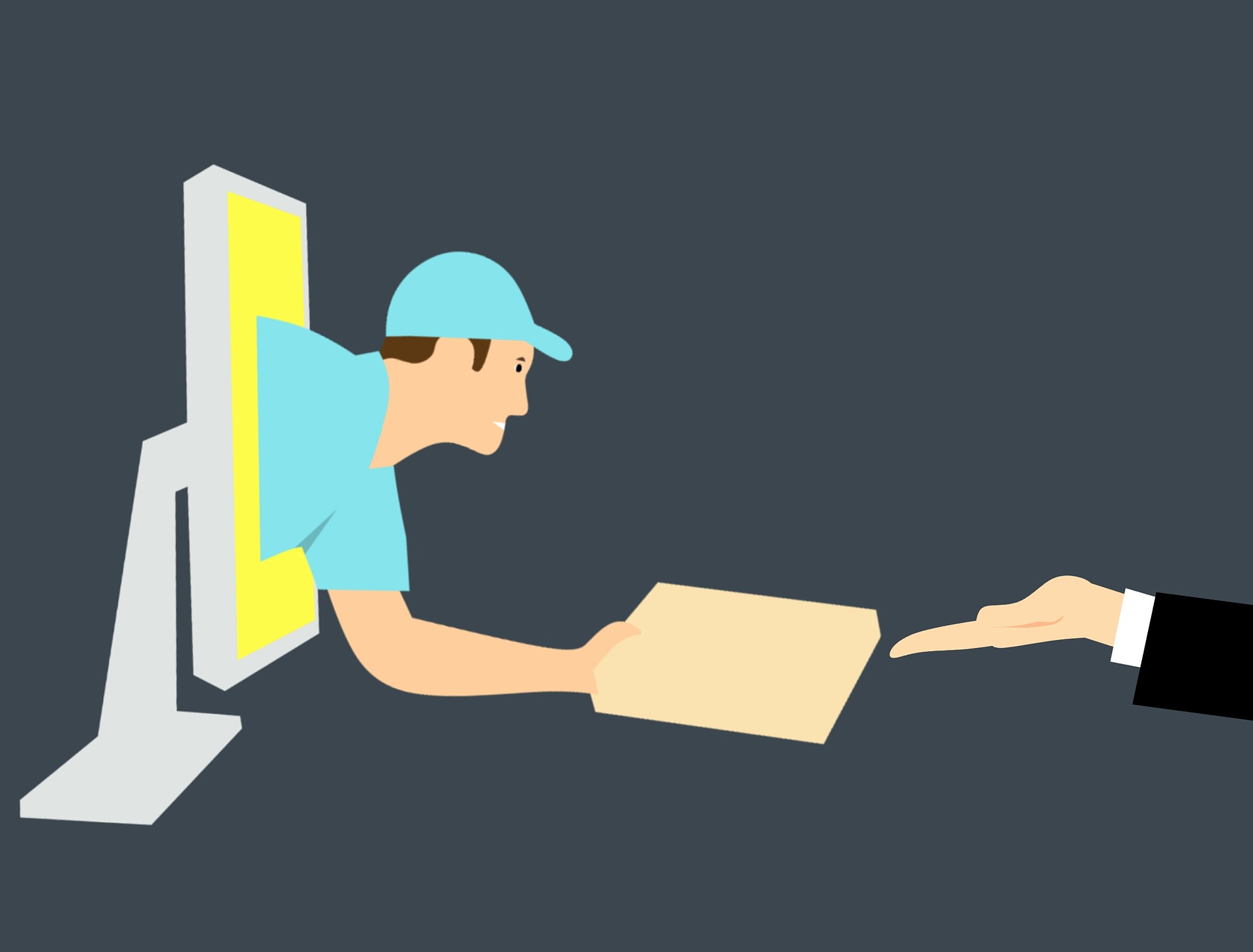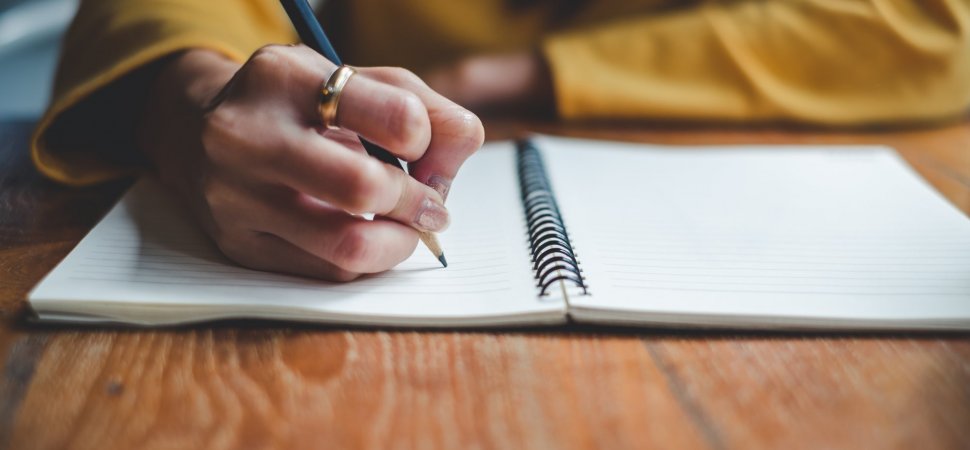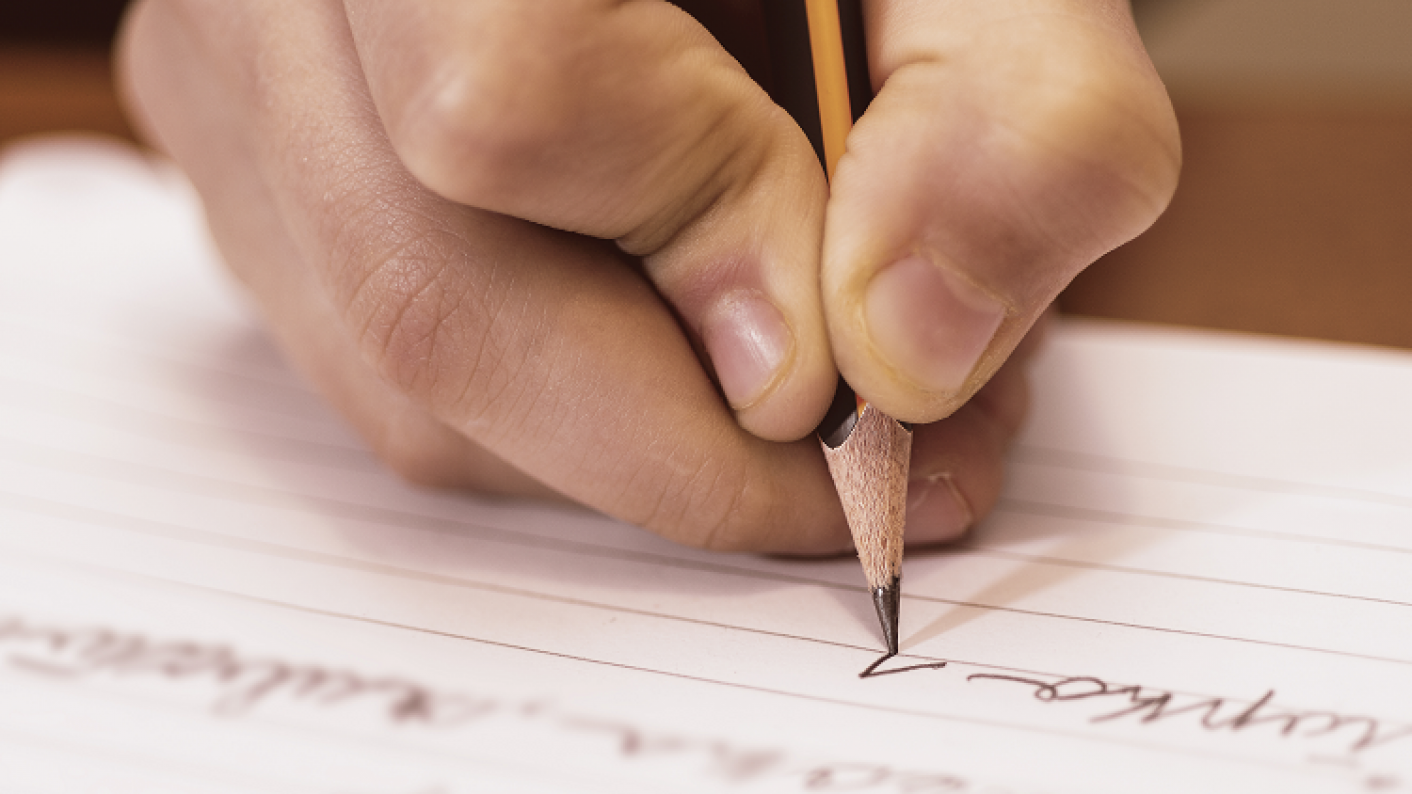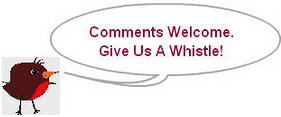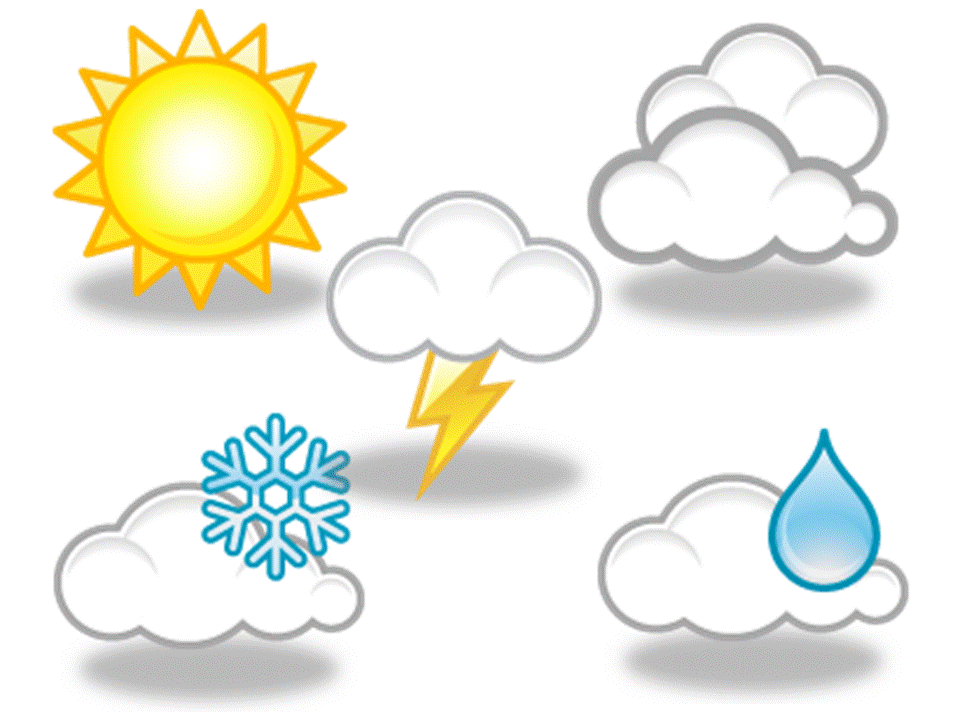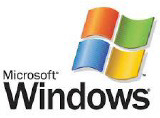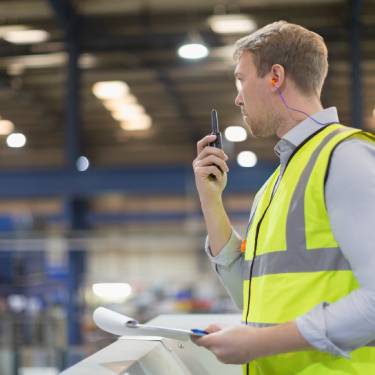
Two-way radios are invaluable tools in various settings, from workplace operations to recreational activities. However, effective communication over radios requires more than simply pressing a button and speaking. Poor communication can lead to misunderstandings, errors, or even unsafe situations. For users looking to maximize their efficiency and clarity, mastering the art of radio communication is essential. Here are four practical tips to improve your two-way radio communication skills.
Use Clear and Concise Language
When using a two-way radio, brevity and clarity are key. Long, complicated messages can confuse listeners or lead to incomplete understanding, especially in environments with noise or distractions. Stick to short, simple sentences and avoid unnecessary jargon or filler words. Before speaking, take a moment to organize your thoughts to deliver a focused message. Speaking too quickly can also hinder clarity, so maintain a moderate pace to ensure that all listeners can follow along. A well-structured message allows all parties to understand instructions immediately, reducing the need for repetition and improving efficiency.
Practice Active Listening
Two-way radio communication isn’t just about transmitting; it’s equally about receiving. This means that active listening is critical for understanding messages accurately. Resist the urge to interrupt or respond without fully comprehending the content. Pay close attention to details, and if something isn’t clear, ask for clarification rather than guessing. Active listening allows for smoother exchanges and prevents costly misunderstandings, especially in time-sensitive situations. To show you’ve understood, briefly acknowledge the message received before moving on—this reinforces clarity and keeps everyone on the same page.
Know Your Equipment
Familiarity with the features and limitations of your radio is vital for seamless communication. Invest time in learning key functions, such as adjusting channels, managing signal strength, and using hands-free options if available. You should also get accustomed to the coverage range and the effect of environmental factors like interference. Knowing when and how to modify settings will make your communication quicker and more reliable. Regularly testing your device keeps it functioning properly, giving you added confidence during conversations.
Use Proper Radio Etiquette
Efficient radio communication relies on established protocols and etiquette. For instance, always identify yourself and, if necessary, your intended recipient before delivering your message. Using consistent terminology helps everyone involved stay synchronized. Avoid speaking while someone else is transmitting, as overlapping conversations can confuse listeners. Additionally, keep the channel free of idle chatter to maintain efficiency, especially in professional or emergency settings. Following these basic dos and don’ts of radio communication ensures smoother, more productive exchanges.
Mastering two-way radio communication improves efficiency, safety, and teamwork in various operations. By adopting these tips to improve your two-way radio communication skills, you can eliminate disruptions, foster better understanding, and build confidence in your interactions. Start enhancing your communication today to make every transmission count.
Bio: Casey is a passionate copyeditor highly motivated to provide compelling SEO content in the digital marketing space. Her expertise includes a vast range of industries from highly technical, consumer, and lifestyle-based, with an emphasis on attention to detail and readability.
